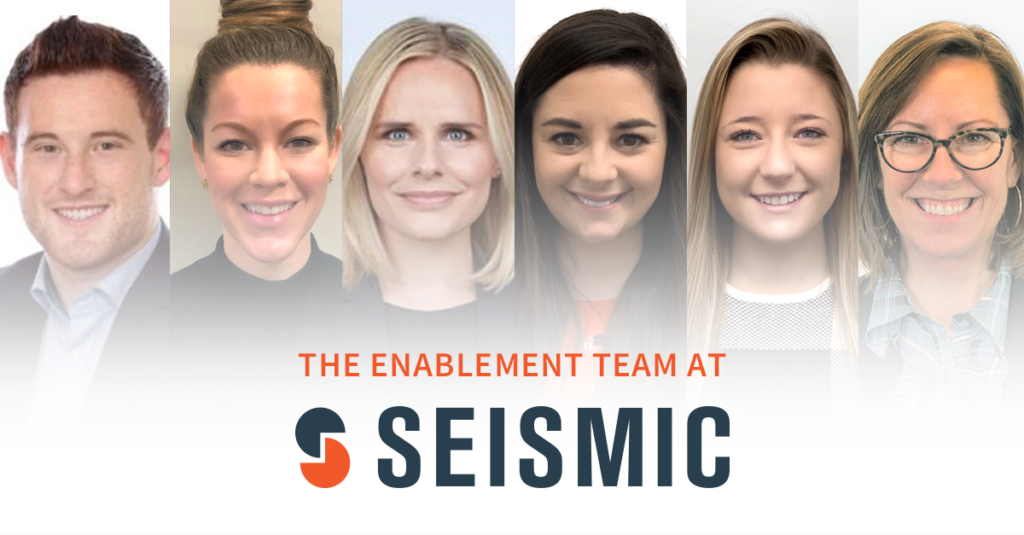“What do you do?”
Before I say the words, “I work in Enablement,” I anticipate confusion, blank stares, and even a potential urge to quickly move back to a more familiar topic.
It’s not a great feeling when people don’t understand what you do professionally, particularly in a society that is so centered on that very facet of life. I’m certainly not alone in struggling with this, especially among those with careers in technology.
While the need to create new ways of explaining our careers to others may cause frustration, most of us working in Enablement would not trade “what we do” because we don’t go into Enablement for recognition. Our motivation comes from a different source:
Those of us working in Enablement are motivated by solving problems.
In fact, the harder the problem, the more fun it is for us to solve. We were the kids who saw the 1,000 piece puzzle and tore into it, who got fulfillment from struggling through a complex math problem on our homework and finding the answer, and who got excited when someone said, “it’s too hard” and jumped in to help.
The reason we are driven this way is because of the feeling that you took a challenge head-on and overcame it. This has come to be called a “growth mindset,” and it’s a quality that serves us well our entire lives, embracing mistakes and learning from them.
But Enablement professionals have another quality that moves beyond problem-solving:
We are motivated by helping others.
I have always been energized from knowing that I made someone’s day a little easier, made a concept clearer, or helped them figure something out.
Enablement checks these boxes for me daily and that’s why I feel so fulfilled in my career. The reason it checks these boxes is the ultimate calling of all Enablement teams: the protection of focus.
We live in a world that is more complex and interdependent than ever before. That environment has created a need for organizations to strive toward adaptability.
It’s this need for adaptability that created the Enablement profession over the last decade, and why it’s one of the fasting growing careers that exists today. After all, organizations cannot be adaptable without the kind of cross-functional alignment and focus Enablement drives.
Enablement drives alignment and protects focus through proactive problem-solving.
Enablement solves a wide variety of problems, and it can really be distilled into three categories:
- Process – where Enablement teams work very closely with Operations. The main difference between the two entities being that Enablement owns effectiveness and Operations owning efficiency.
- Structure – the way your organization arranges roles and responsibilities to execute your processes. The structure of programs is often where Enablement teams are involved, ensuring that programs are aligned to the priorities of an organization.
- Communication – this is where most problems derive. Given Enablement’s reach across the organization, it naturally serves as a communication filter between teams. The most common way Enablement fills this role is between Sales and Marketing.
As Enablement quickly evolves, it reaches across all go-to-market activities in many organizations, but uniting Sales and Marketing is at the core of Enablement. It takes what is often a strained relationship between the two departments and finds a way to unite the two roles, allowing them to complement one another and provide customers with solutions. Enablement plays an essential role in breaking down the division that exists between teams and facilitating a continuous feedback loop between to ensure Marketers and Sellers stay focused on the buyer.
With my team, I have a clear definition of what Enablement is and how it positively impacts organizations. Despite the frustration from my job not being immediately understood, I’ve grown to appreciate the moments I’m asked about it as opportunities to teach others about my profession.
There is endless value being created for organizations around the world by Enablement teams, but awareness lags. Even with how efficient our communication has become, after all, it still takes time to reframe the way people think about a word.
In fact, it’s just another problem to solve.

